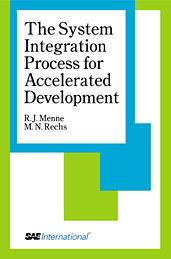Technical Paper
Vehicle Powertrain Simulation Accuracy for Various Drive Cycle Frequencies and Upsampling Techniques
2023-04-11
2023-01-0345
As connected and automated vehicle technologies emerge and proliferate, lower frequency vehicle trajectory data is becoming more widely available. In some cases, entire fleets are streaming position, speed, and telemetry at sample rates of less than 10 seconds. This presents opportunities to apply powertrain simulators such as the National Renewable Energy Laboratory’s Future Automotive Systems Technology Simulator to model how advanced powertrain technologies would perform in the real world. However, connected vehicle data tends to be available at lower temporal frequencies than the 1-10 Hz trajectories that have typically been used for powertrain simulation. Higher frequency data, typically used for simulation, is costly to collect and store and therefore is often limited in density and geography. This paper explores the suitability of lower frequency, high availability, connected vehicle data for detailed powertrain simulation.

